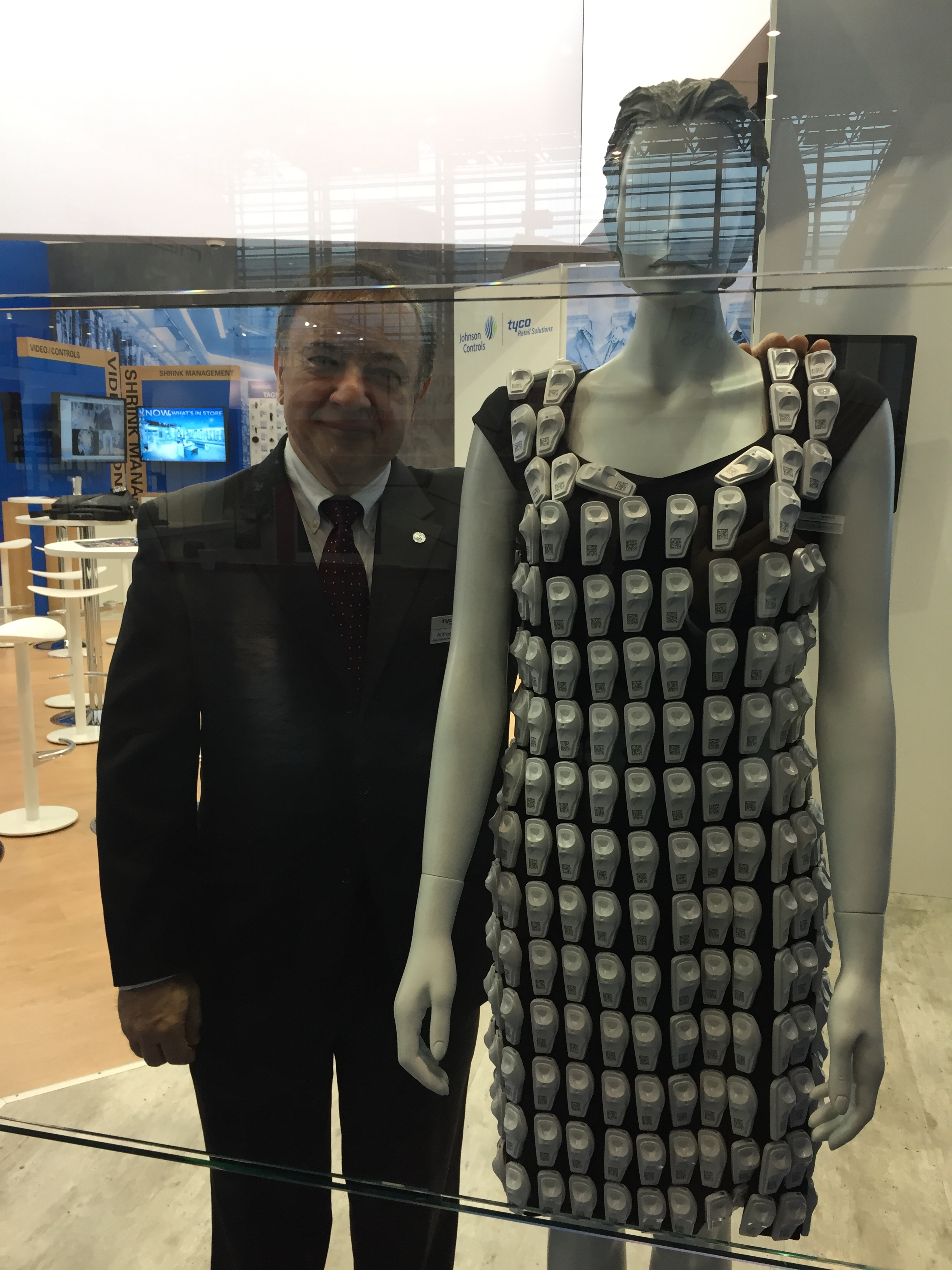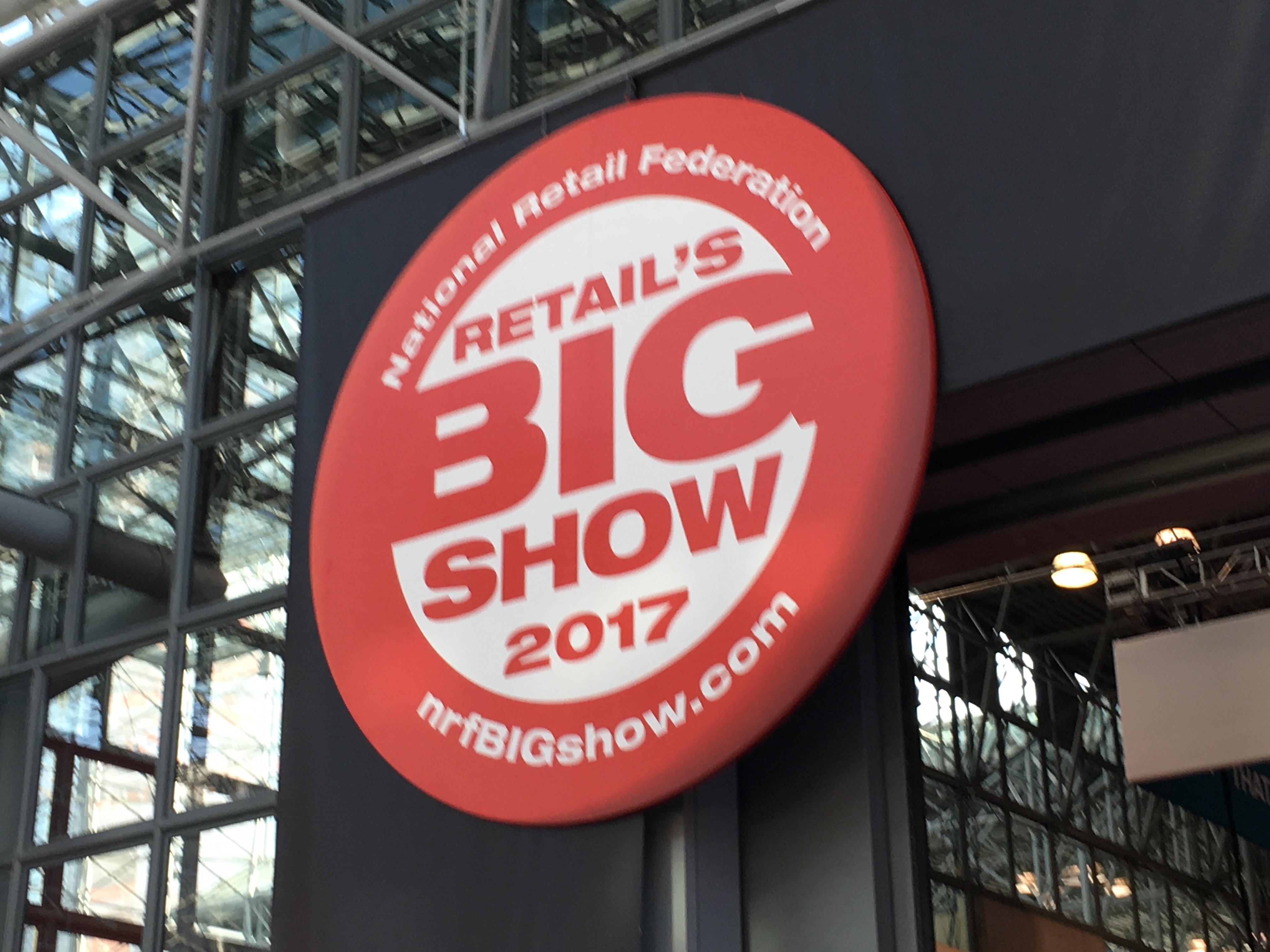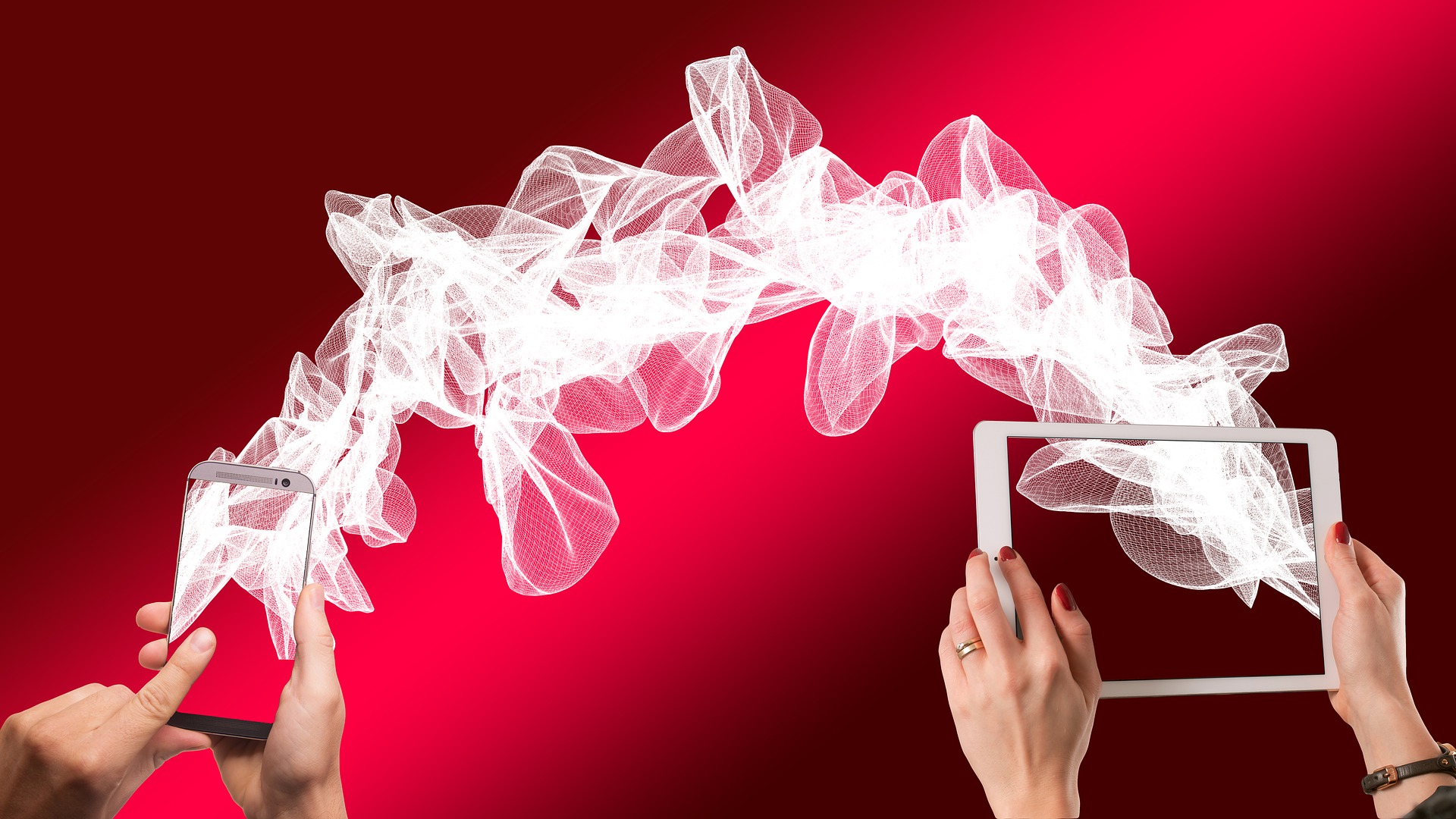Blog
Welcome to Euroshop 2017, the largest retail trade show in the world.
In early March, over 100,000 visitors from 60+ countries tracked 
At the conclusion of the event, the organizers cited the continued digitalization in retail, tailor-made onmichannel solutions and the emotionalization of the shopping experience as the dominant themes for Euroshop 2017.
Breathtaking and Visionary: That Was EuroShop 2017
- Details
Exclusive Research on LP’s Growing Industry Influence
A recent LP Magazine study, sponsored by Tyco Retail Solutions, highlights key technology trends around video, EAS, and exception reporting. The research also provides insights into future LP investments and the evolution of the Loss Prevention function.
The Critical Loss Prevention Technologies
Decision makers rely on a variety of tools in their LP portfolio. In the United States, CCTV/Video Surveillance and Exception based reporting were ranked the most critical technologies, while in the UK, CCTV/Video Surveillance and Data Mining were ranked most critical.
- Details
An Endless Curiosity Adventure and why it is the Secret to Success

It was an early brisk morning. My tired tourist family was still asleep. It was my turn to venture out to our favorite bakery in Florence
The sun was still hiding behind the Tuscan hills. The sky was a mixture of darkness, red, yellow streaks of light, forecasting another great Italian holiday ahead.
I was the first to arrive at our special bakery and found the door still locked. The culinarians inside were busily filling the bakers’ racks with the sweet treats. An amazing delicious sugared aroma permeated the air outside the store.
Impatiently I paced outside. One minute, three minutes, past opening time. When are you going to open this door? The family has a busy day ahead.
Cultivate Your Passions
- Details

For those that have seen me speak around the world, you will recall my passion for sharing innovative videos that with few or no words convey powerful messages.
The days of busy PowerPoint charts are over. For my entire career, the mantra has been "less words, more graphics". In a world where our attention span is down to 8 seconds, even 140 or less Twitter characters are too much to actually read.
Video is the new medium required to package successful branding. The following are my current favorite future predicting retail technology videos.
- Details

Happy Chinese New Year. 新年快乐
2017 is the year of the Rooster. Anyone born in the following years - 1945, 1957, 1969, 1981, 1993, 2005, and 2017 - shares the characteristics and personality traits of this tenth of 12 animals in the Chinese zodiac cycle.
While in Shanghai in early January was fascinated by the amount of innovation discussed in the China Daily newspaper. The news clips were additional confirmation that all industries in both developed and emerging markets are being digitally disrupted. On multiple fronts, China is advancing faster as they are bypassing traditional legacy technology cycles to new platforms.
On the Road to Being World's Largest Retail Market
- Details
Retail Success is a Team Sport

For the106th Annual Convention & EXPO in New York this past week, NRF forecasted 35,000 attendees. The 2017 edition will exceed the over 3000 retail companies from over 90 countries attending the previous year.
On both personal and professional levels this was one of the best NRF events ever. Always enjoy participating in the motivational and educational RetailROI event on Saturday. During NRF, the group raised over $500,000 in support of global Retail Orphan Initiatives.
- Details

For the past five years, Ford has been publishing a list of global micro trends. The company calls it "a compilation of the most compelling movements across the globe that are shaping how we live, work, and engage with the world around us."
As we begin the New Year, thought would share my favorite global highlights from both the 2016 and 2017 editions.
Social Media is Hard Work
- Details

The past couple of weeks were filled with the delivery of regionally customized presentations on the future of retail in Spain, UK, Portugal, and Switzerland. As we are in the middle of the paramount shopping season, special focus was on three important retail holidays.
Black Becomes Cyber While Overtaken By Singles
Black Friday
Over both Thanksgiving and Black Friday, 2016 brick-and-mortar net instore sales dropped 5% and the number of transactions fell 7.9%. Shopper visits to physical stores declined 1% during the same two day period. UK 2016 Black Friday shopper traffic fell a significant 8% which follows a drop of 4.05% in 2015.
- Details

Summarizing the first three ingredients driving the age of disruption from Part 1 of this post:
Geopolitical Risks Ahead
The Netherlands, France, Italy, Austria, Germany, all have key elections in the next 12 months that could potentially join the global populist disruptive wave manifested in Brexit and the surprise USA presidential ballot. Geopolitical turmoil carries risk for global brands and must be carefully navigated for continued success.
Need for Technology Speed
Today is indeed the slowest day of technology change for the rest of your life. Each new disruptive technology is finding its expanded global audience faster.
Is the Data Economy the New Oil?
- Details

For a transformational 2017, five key ingredients need to be closely monitored and navigated in building a successful global business formula.
Geopolitical Risks Ahead
"Dawn of a new age. Populism rules. Status quo - R.I.P." - Australian investment bank Macquarie
A family argument throughout the 2016 USA presidential election was my prediction of a Donald Trump win. As with Brexit, too many pundits were taking for granted the underlying disruption of an increasingly number of people questioning the world order.
- Details

















